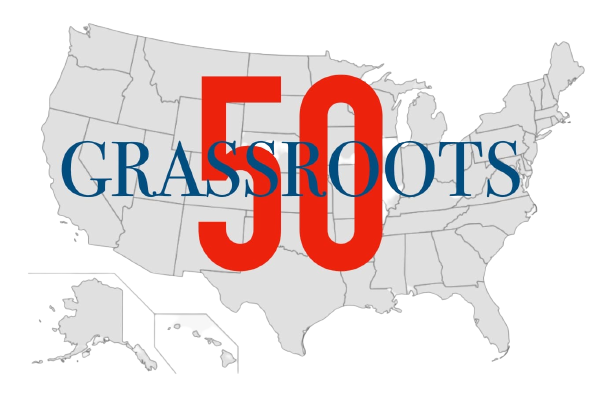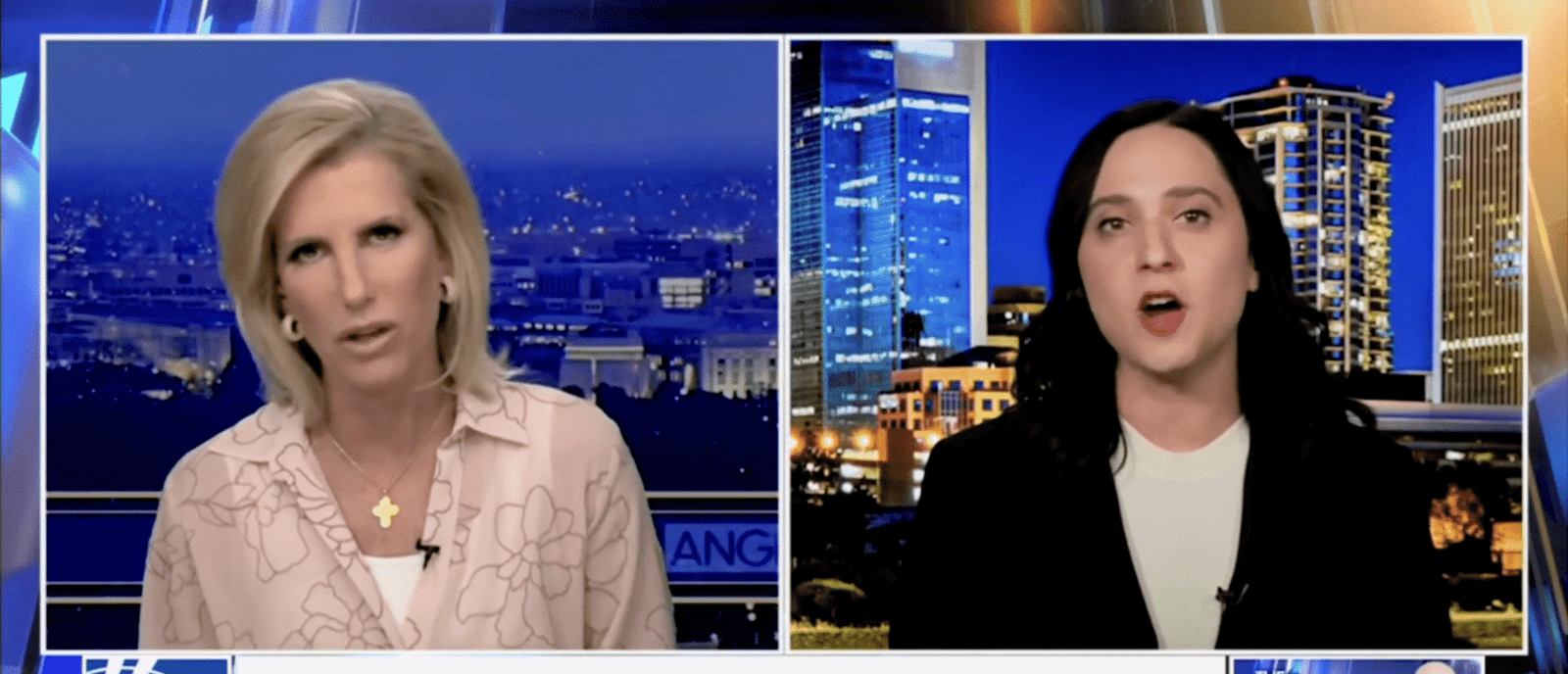A measure that would double the county’s one-quarter percent homeless sales tax on the November ballot is nearing the majority needed for passage in a new poll of likely Los Angeles County voters.
In a survey conducted in late September, more people said they would vote for the bill than against it, 49% to 33%, increasing the gap by 5 percentage points from the previous survey. As of August, 47% of potential voters said they would vote yes, and 36% said they would vote no. Only 17% of voters were undecided.
However, the difference was within the margin of error for the two surveys. The poll, conducted by the University of California, Berkeley Institute of Government in collaboration with The Times from September 25 to October 1, had a margin of error of 3 percentage points.
“If you look at 49% in this poll and 47% in the August poll, statistically there hasn’t really been a huge change,” said Mark DiCamillo, Berkeley IGS polling director. said.
DiCamillo said the study supports the conclusion that the race is close.
He said polls in late September gave voters their first results. Official voting overview You can see it when you vote, which increases your credibility.
“I like this survey a little bit better because it’s responding to what you actually see when you vote,” DiCamillo said.
If passed, Measure A would repeal Measure H, a one-quarter percent sales tax approved by voters in 2017 to fund homeless services, raising more than $1 billion a year in revenue. It would be replaced by a projected 0.5 percent sales tax. The new measures would expand the use of the money by directing it to homelessness prevention and housing development.
If not replaced, the Measure H tax would expire in 2027. If a new tax is adopted, it will remain in effect unless repealed by voters.
Responses to the second question in the survey indicated a modicum of optimism that the funds generated by Measure A will be effective.
Only 33% of respondents said they thought Measure A would “significantly reduce homelessness,” 38% thought otherwise, and 29% were undecided.
This response mirrored a similar response in August to a question about the effectiveness of Measure H. Only 30% of respondents said they were very or somewhat satisfied with how the funds raised in Measure H were used. 57% expressed dissatisfaction.
“That’s the problem with this whole thing,” DiCamillo said. Survey respondents “want to see progress, but we haven’t really seen much yet. August polls showed some dissatisfaction. What could this lead to?” There is some skepticism about that.”
The downside to this measure in the polls is that voters who are dissatisfied with the measure are more likely to vote against it as the election approaches.
“This is a safer vote,” DiCamillo said. But he added that the campaign is having an impact.
“If most of the messages come from the Jesus side, that’s definitely a plus,” he says. “Really all they have to do is get three or four points for their side.”
Measure A supporters have raised about $4 million to advance it.The campaign is just getting strongersaid Tommy Newman, vice president of public affairs for the United Way of Greater Los Angeles, one of the bill’s main sponsors.
“We started doing volunteer phone banking, knocking on people’s doors every week,” Newman said. Information promoting the measures has also been mailed.
In conversations with voters, the campaign said that undecided people are accepting the message that if Policy H is not discontinued, tens of thousands of people will be at risk of receiving services and housing assistance. revealed.
Newman said elements of the new measure that were not in Measure H are also appealing. These include accountability steps with specific goals and indicators to measure results, and investments in prevention and affordable housing.
According to the survey’s tables, Measure A fares better among young people, with 56% of those under 40 supporting it and 71% of liberals supporting it. Those making less than $40,000 a year were most supportive of the issue, with 57% in favor, 37% opposed, and just 6% undecided.
The most striking difference was between men and women. Women were 60% in favor of the bill and only 22% were against it, while men were against it with 47% against and 37% in favor.
That could be a positive sign for the campaign. That’s because women typically outnumber men in opinion polls, DiCamillo said.
“If you’re an advocate and you have to choose a side, you’d rather be ahead of the pack among women,” he said.
Berkeley ISG plans to conduct another poll near the end of this month.
“If the infection rate is above 50% in late October, I think we have a pretty good chance of passing,” DiCamillo said.
















